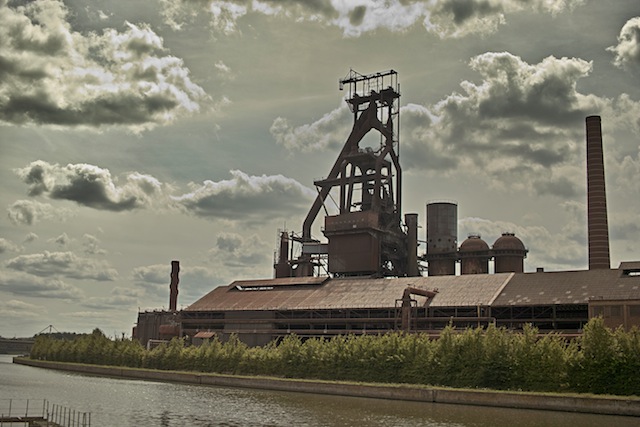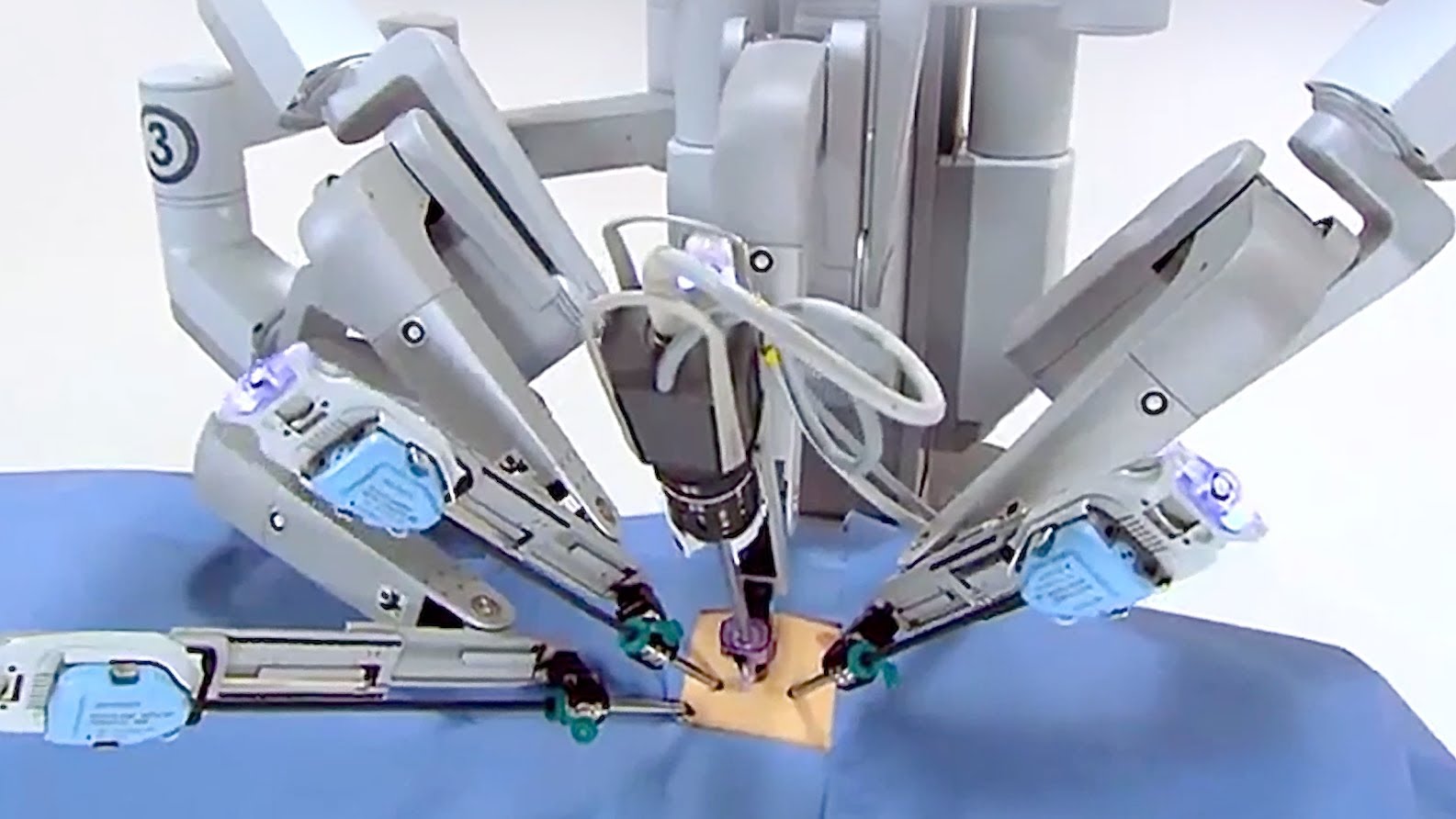While robots threaten to take our jobs, they also promise to change the agricultural industry. That paradox describes how both the risks and opportunities in our increasingly automated word.
Brian Halweil, an ag-tech writer, describes how small farmers are using specialist robots to automate their operations. He lays out how the miniaturization of farm machinery will help encourage small, diverse farms.
The available of cheap, adaptable robots driven by almost ubiquitous and build in artificial intelligence is going to drive automation across most industries.
Ubiquitous robotics though means we have to rethink employment and social security as the workforce adjusts to new methods of working. Inadvertently former McDonalds chief executive Ed Rensi touched upon this in his somewhat hysterical response to the campaign to increase the minimum wage across the United States.
Rensi is right to point out that fast food restaurants will replace workers with robots where they can, indeed McDonalds led the way through the 1970s and 80s in introducing production line techniques to the food industry and the company will automate their kitchens and ordering systems regardless of minimum wage levels.
That relentless automation of existing jobs is why there is now a world wide push to explore the concept of a guaranteed minimum wage. We seem to be at the same point we were almost a century ago where the ravages of the Great Depression meant societies had to create a social security safety net.
As we saw with the Great Depression, the jobs eventually came back but in a very different form in a much changed economy. We’re almost certainly going to see the same process this century, hopefully without the massive dislocation and misery.
For businesses and industry, Halwell’s point about much smaller and adaptable robots giving rise to more nimble businesses is almost certainly true. For investors, managers and business owners adapting to that world will be key to avoiding being on the minimum wage themselves.





